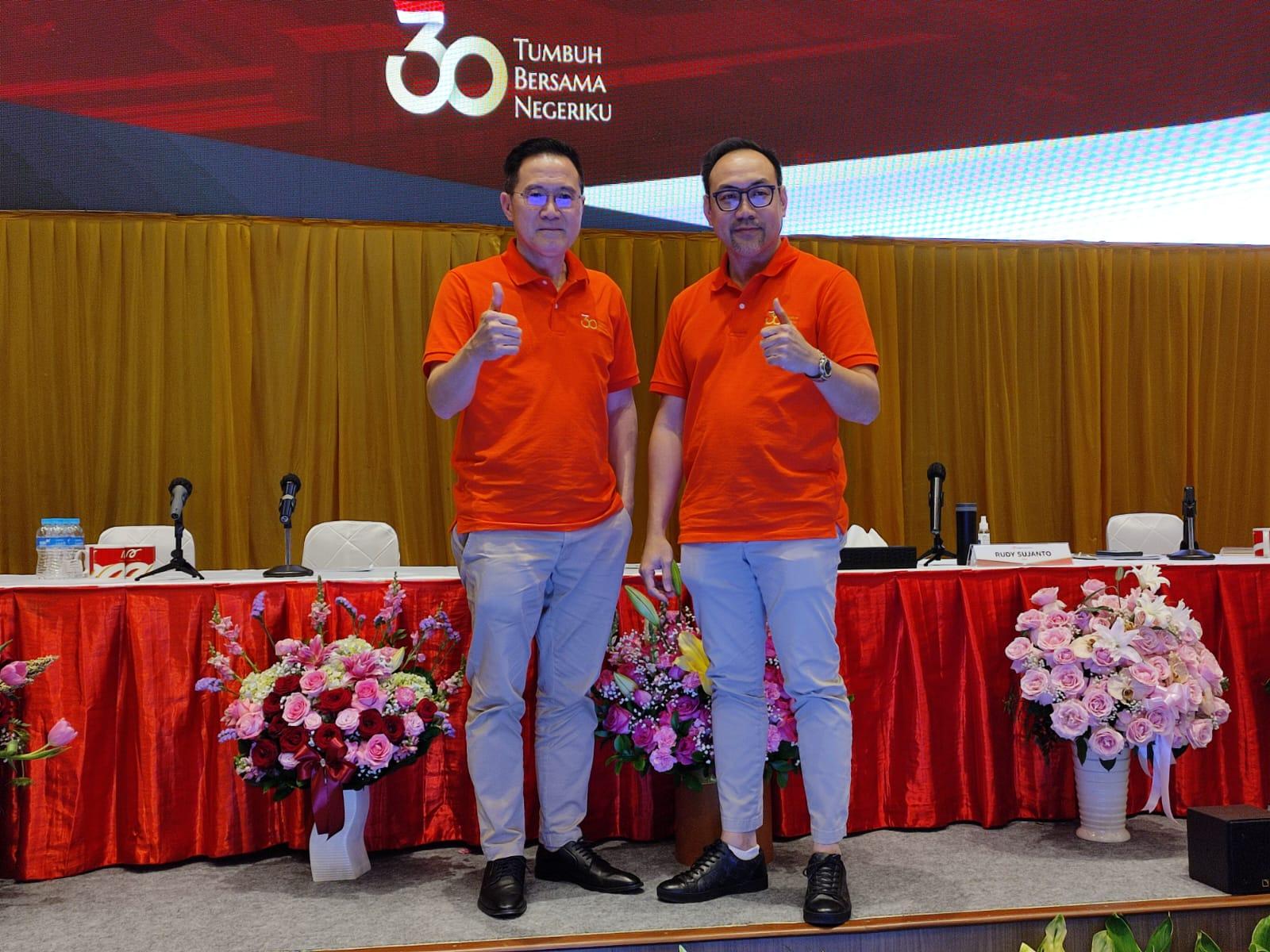Raising production capacity, ARNA to set up 3 new plants by 2025

JAKARTA – PT Arwana Citramulia Tbk (ARNA) has officially begun the construction of Plant 4C in Ogan Ilir, South Sumatra. The groundbreaking ceremony of this new plant was led by Herman Deru, Governor of South Sumatra, earlier this week, on March 7, 2023. This facility is projected to have an installed production capacity of 4 million m2 per year, although it will only be completed in the second half of 2024.
In the meantime, ARNA recently completed the construction of its latest production plant, Plant 5C in Mojokerto, East Java, last month (22/2), right on time for its targeted initial operation in the second quarter of 2023, on April 5, 2023. This plant is expected to produce 4.4 million m2 of ceramic tiles per year.
ARNA was said to expend approximately IDR 300 billion on each plant. With these additional production plants, ARNA will end up recording production capacity of 72.77 million m2 of ceramic tiles at the end of 2024.
According to Edy Suyanto, Chief Operational Officer of ARNA, another new production facility will also be build in 2025. The management is currently reviewing two possible areas for this future plant, called Plant 6, in West Java. The plant is projected to raise its production capacity by 6 million m2 to 78.77 million m2 in 2025, with an allocated budget of IDR 400 billion. “We seek larger landbank to allow us to expand Plant 6 to Plant 6A, 6B, and 6C,” he added during the Annual Public Expose of ARNA in West Jakarta earlier today (9/3).
ARNA will channel its goods mostly to the domestic market, even aiming to contribute to the Nusantara Capital City (IKN) project. “Our export only contributes 1% to total sales,” Rudy Sujanto, CFO of ARNA, confirmed.
For the record, as the only ceramic manufacturer in Indonesia with green certificates under its belt, ARNA has reportedly adopted new and renewable energy (NRE) resources for its ceramic production. According to Suyanto, ARNA has utilised solar power plant for Plant 5 in Mojokerto, with a capacity of 3 megawatt hour (MWH) per year, reducing carbon emission by up to 11%. Furthermore, Plant 2 in Serang, Banten, also has a solar panel installed, managing a capacity of 4.4 MWh/year and reducing emission by 15%. (ZH)

